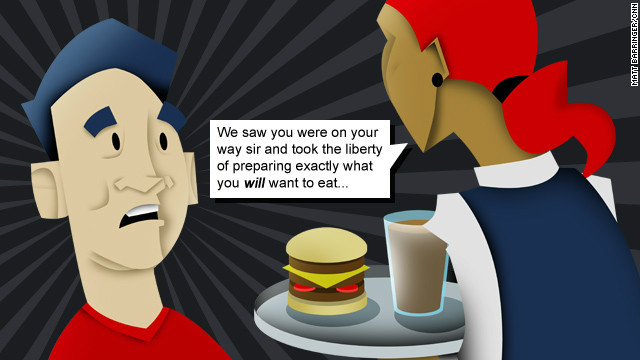The nine Earth-System boundaries are associated with nine natural processes – including the freshwater cycle, climate regulation, and the nitrogen cycle – which are critical for keeping the planet in the stable state that has allowed civilizations to arise and thrive over the past 10,000 years. The area within the nine Earth-system boundaries was called "a safe operating space for humanity". This has been widely recognized as a powerful means of giving comprehensible visual focus to the limits that conventional growth economics is widely acknowledged to have failed to recognize.
For Oxfam, however, something critical is still missing from this representation. This "safe operating space" may serve to protect the environment, but it speaks little to the millions of people living in extreme poverty.
As Raworth notes, the concept of social boundaries therefore needs to be added to the picture. Just as there is an environmental ceiling of resource use, above which lies unacceptable environmental degradation, so too there is a social foundation of resource use, below which lies unacceptable human deprivation including hunger, ill-health, income poverty and energy poverty. Resource use has both an environmental ceiling and a social foundation, below which lies deprivation, but the doughnut-shaped space between the two demands attention. This "doughnut" is understood as bringing fresh meaning to the idea of sustainable development, because pictures have the power to reshape the way we think. The simple image of planetary boundaries and social boundaries is seen as a neat way of articulating a goal for 21st-century prosperity: meeting everyone's human rights within the planet's critical natural thresholds (Kate Raworth, The doughnut can help Rio+20 see sustainable development in the round, The Guardian, 16 June 2012). The "doughnut" framework has been endorsed by various NGOs and is now the focus of a new blog to encourage debate on "Doughnut Economics".
In its focus on a visual framework, the Oxfam doughnut contrasts markedly with the report to the Earth Summit of the UN Secretary General's High Level Panel on Global Sustainability (Resilient People, Resilient Planet: A Future Worth Choosing, 2012) -- which proved unable to embody its comprehensive vision in any visualization of significance.
In the spirit of recognizing both the value of a visual representation and what was missing from the environmental boundaries, the following is an exploration of the limitations of both the doughnut form and what is missing from the social dimensions it currently incorporates. As noted both with respect to Earth-System planetary boundaries and the Earth Summit preoccupations added by Oxfam, the concern is now how any significant political action is to be engendered -- hopefully at the Earth Summit in Rio de Janeiro at this time. In that respect there is widespread recognition of the inadequacies of outcomes of past Earth Summits and significant concern at the probability of major inadequacies as a consequence of the current event (Richard Black, Uncertainty Hampers Rio+20 Talks, BBC News, 16 June 2012).
It was for this reason that a previous comment on the Earth-System boundaries resulted in a focus on the "boundaries" to any effective political action (Recognizing the Psychosocial Boundaries of Remedial Action: constraints on ensuring a safe operating space for humanity, 2009). However the concern here with what might be "missing" from a "doughnut" representation goes further. The question, notably highlighted by the current global financial crisis, is how "thoughtlessness" is to be appropriately associated with a "doughnut" form -- if only in ignoring factors which inhibit strategic action. To what extent is global civilization effectively "unconscious", as suggested by John Ralston Saul (The Unconscious Civilization, 1995) -- or constrained in the application of its ingenuity, as argued Thomas Homer-Dixon (The Ingenuity Gap, 2000)?
From such a perspective is there some kind of "cognitive hole" which undermines the ability for coherent political action, as previously discussed (Unthought as Cognitive Foundation of Global Civilization, 2012)? The Oxfam report specifically attributes "critical human deprivations" to the central hole of the doughnut. The question explored further here is whether these "deprivations" have a cognitive dimension associated with thoughtlessness, carelessness and negligence.
Is there a danger that the Earth-System focus on a "a safe operating space for humanity" and the doughnut focus on a "a safe and just space for humanity" simply ensure together a space for modes of behaviour which are inherently unsustainable -- but to which the doughnut form fails to draw attention in the more comprehensive overview it offers? What vital significance might be attributed to the hole in the doughnut with respect to effective strategic action -- and the assiduous avoidance of its consideration?























